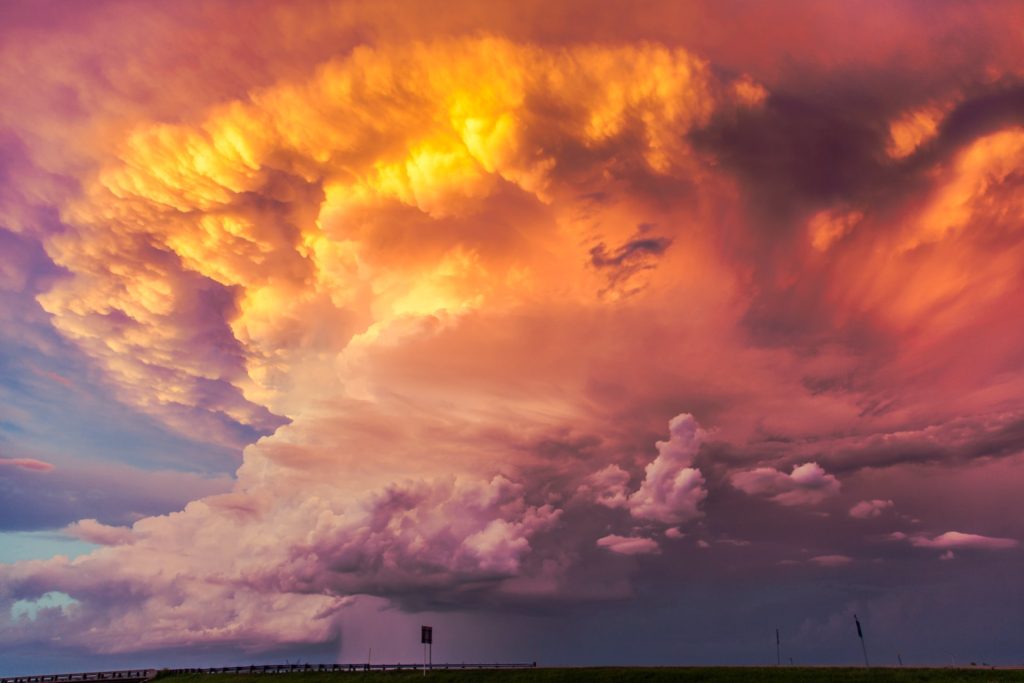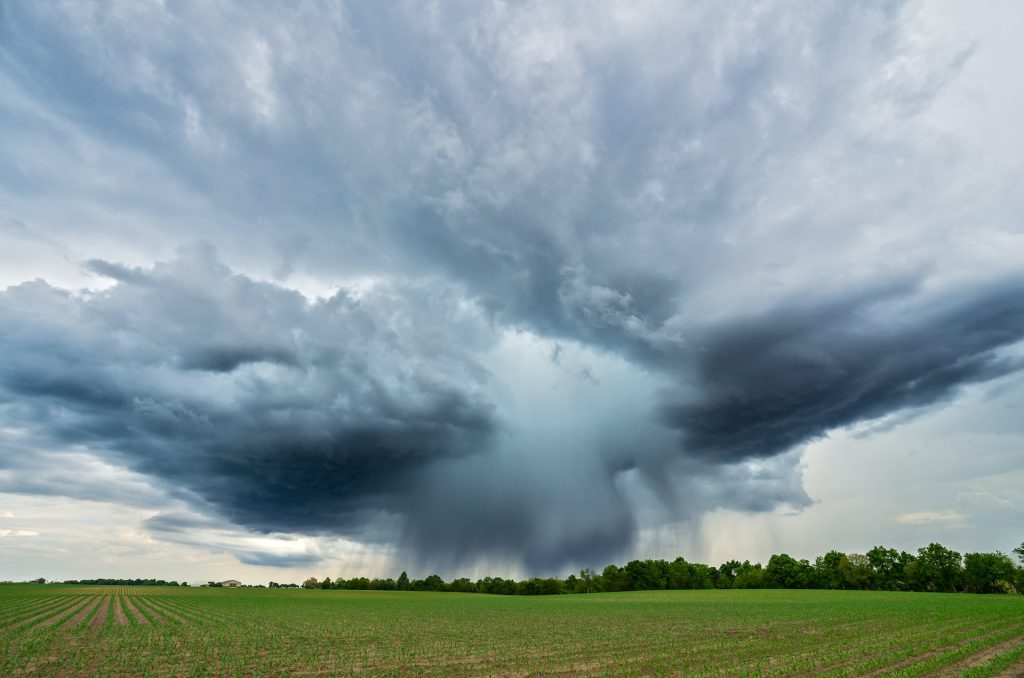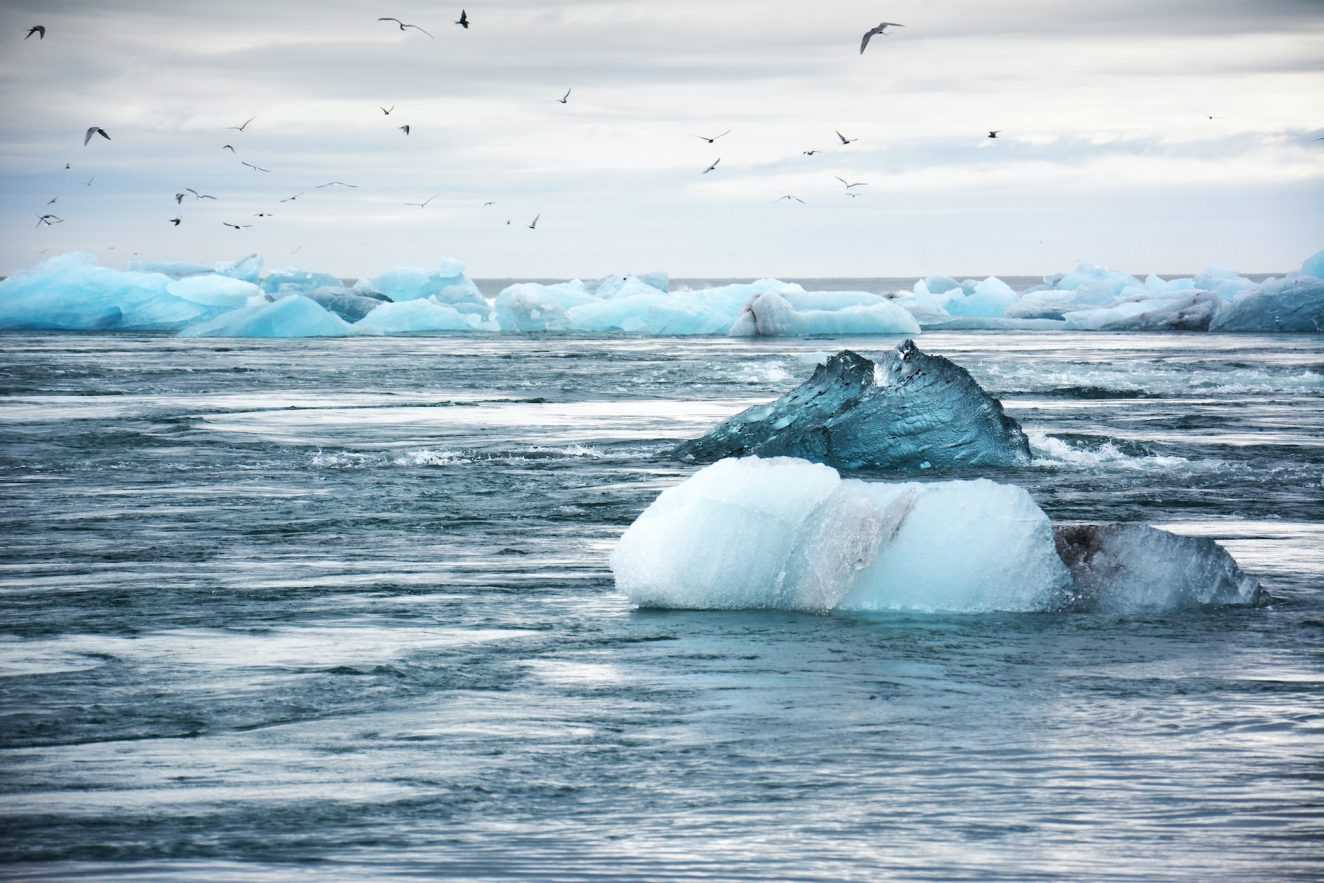Why is it sunny in some places and snowy in others? Why do some regions experience rainy seasons while others stay dry for months? The world of weather is a fascinating puzzle with the Earth’s geography as its key. In this blog post, we’ll embark on a journey to understand how geography shapes the world’s climates, creating a dazzling variety of weather patterns. Get ready to explore the Earth’s climatic kaleidoscope with a scientific yet fun perspective.

The Basics of Climate vs. Weather
First, let’s clear up the distinction between climate and weather. Weather refers to the short-term atmospheric conditions in a specific location at a particular moment. For instance, it might be rainy and cold on a given day in New York City. Climate, on the other hand, refers to the long-term patterns of temperature, precipitation, and other atmospheric variables in a particular region. New York City’s climate, for example, is characterized by its four distinct seasons.
Earth’s Geography: A Weather Wizard
The Earth’s geographical features are like the conductors of a grand orchestra, dictating the different weather melodies we experience. These geographical factors include latitude, proximity to bodies of water, altitude, and more.
1. Latitude: The Sun’s Influence
Latitude, or your position north or south of the equator, is a primary weather influencer. The Earth is divided into distinct climate zones based on latitude: tropical, temperate, and polar. Near the equator (low latitudes), you’ll find tropical climates with warm temperatures year-round. As you move toward the poles (high latitudes), temperatures drop, and you encounter polar climates with frigid winters.
2. Proximity to Water: Maritime vs. Continental Climates
The Earth’s surface is covered by about 71% water, and large bodies of water, such as oceans and seas, have a moderating effect on climate. Areas close to the ocean, known as maritime climates, experience milder and more stable temperatures. In contrast, regions deep inland, known as continental climates, tend to have more extreme temperature fluctuations with hot summers and cold winters.
3. Altitude: The Influence of Elevation
The Earth’s elevation, or altitude above sea level, can significantly affect climate. As you ascend into higher altitudes, the air becomes thinner and cooler. Mountainous regions experience lower temperatures, even if they’re close to the equator. This is why you might find snow-capped peaks in tropical countries like Ecuador.
4. Topography: The Role of Landforms
The shape and characteristics of the land also influence local climates. For example, coastal areas often have milder, wetter conditions due to the temperature-moderating effects of the nearby ocean. In contrast, rain shadows occur when mountains block moist air, causing dry conditions on the leeward side. The Pacific Northwest of the United States is a prime example of this, where the coastal side is lush and green, while the eastern side is arid.
5. Ocean Currents: Nature’s Climate Control
Ocean currents are like nature’s conveyor belts, transporting warm or cold water around the globe. These currents significantly impact the climate of coastal regions. The Gulf Stream, for example, warms the eastern coast of North America and Western Europe, making these areas milder and wetter than their latitudinal counterparts.

Exploring Climate Zones: The Global Weather Map
Let’s take a whirlwind tour of some of the world’s major climate zones to see how geography orchestrates various weather conditions.
1. Tropical Climate Zone: Sun-Kissed Paradise
Tropical zones, found near the equator, enjoy consistent warmth and abundant sunshine. These regions experience a tropical climate characterized by high temperatures year-round. Rainfall can be abundant, leading to lush rainforests, but it often comes in the form of thunderstorms or short-lived monsoons.
2. Desert Climate Zone: The Land of Endless Sun
Deserts are known for their scorching heat and dry conditions. These areas, like the Sahara Desert or the Atacama Desert, receive minimal rainfall and often boast extreme temperature fluctuations between day and night due to their lack of water, which provides temperature stability.
3. Temperate Climate Zone: Four Seasons of Beauty
Most of us live in temperate zones, which experience four distinct seasons – spring, summer, autumn, and winter. These regions, often found between 30° and 60° latitude, enjoy moderate temperatures and a diverse range of weather conditions, making them perfect for agriculture.
4. Polar Climate Zone: The Frozen Tundras
At the Earth’s poles, polar zones experience extremely cold temperatures, with icy landscapes that extend for miles. Polar climates are characterized by frigid winters and very short, cool summers. These regions receive minimal sunlight during their respective winter seasons.
5. Mediterranean Climate Zone: Coastal Delights
Mediterranean climates are a blend of maritime influences and latitude. Areas like Southern California, parts of Australia, and the Mediterranean itself experience mild, wet winters and warm, dry summers. The Mediterranean climate is perfect for vineyards, citrus groves, and outdoor living.

Our planet’s geographical features give rise to an astounding diversity of weather patterns, creating the rich tapestry of climates we know today. Understanding these geographical influences allows us to appreciate the beauty and complexity of our planet’s weather symphony.
As we continue to witness changes in our global climate, it’s more critical than ever to comprehend the role of geography in shaping our weather and, in turn, our daily lives. By nurturing this understanding and making environmentally responsible choices, we can strive to preserve the stunning variety of climates that make Earth such a remarkable and dynamic place to call home. So, the next time you experience a weather phenomenon, remember the Earth’s geography is the conductor of this incredible symphony, playing a different tune in every corner of the globe.





